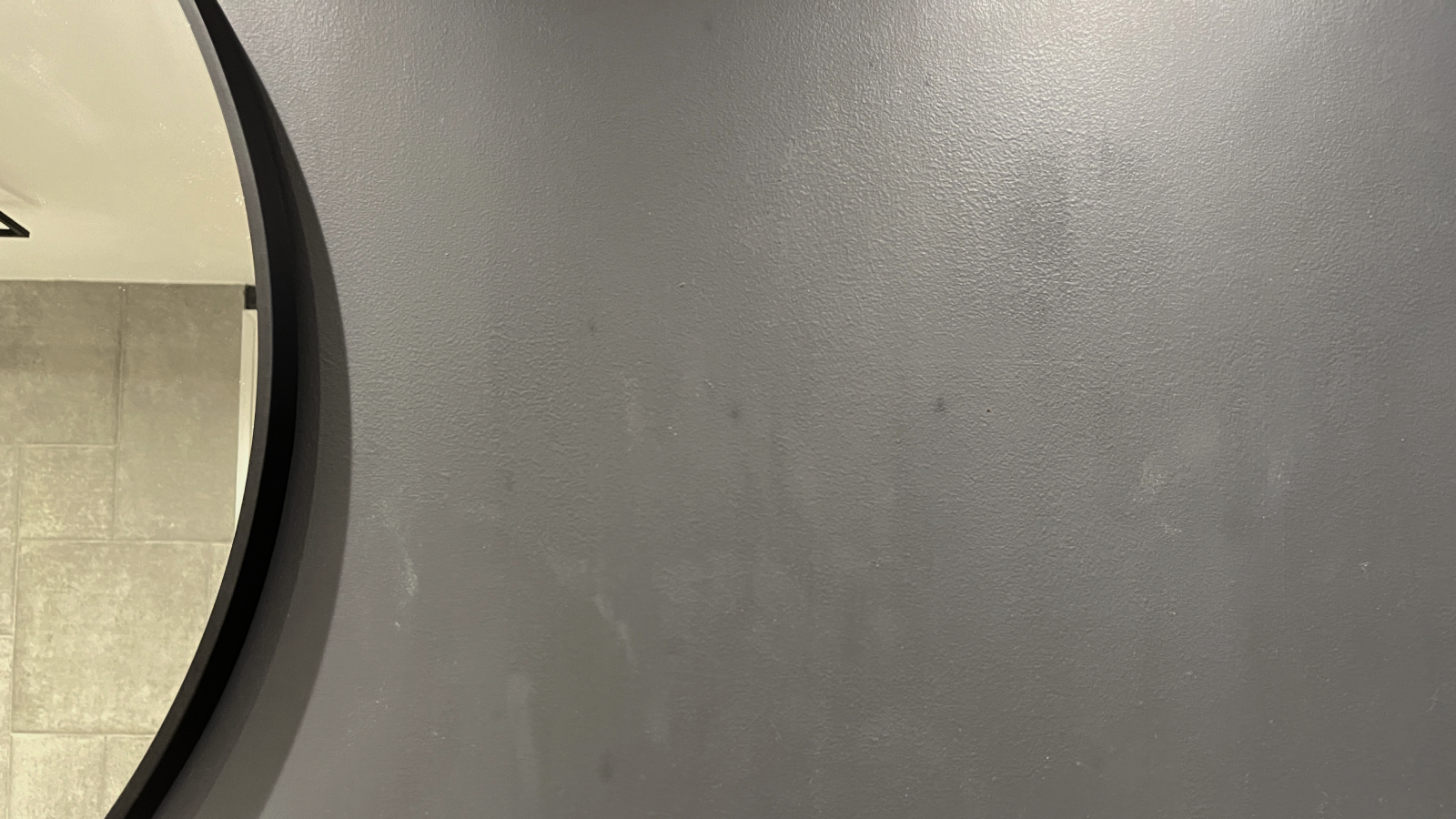Wool carpet vs polypropylene: Which option is right for your home?
We examine the pros and cons of wool carpet vs polypropylene to determine which option is the best fit for your lifestyle
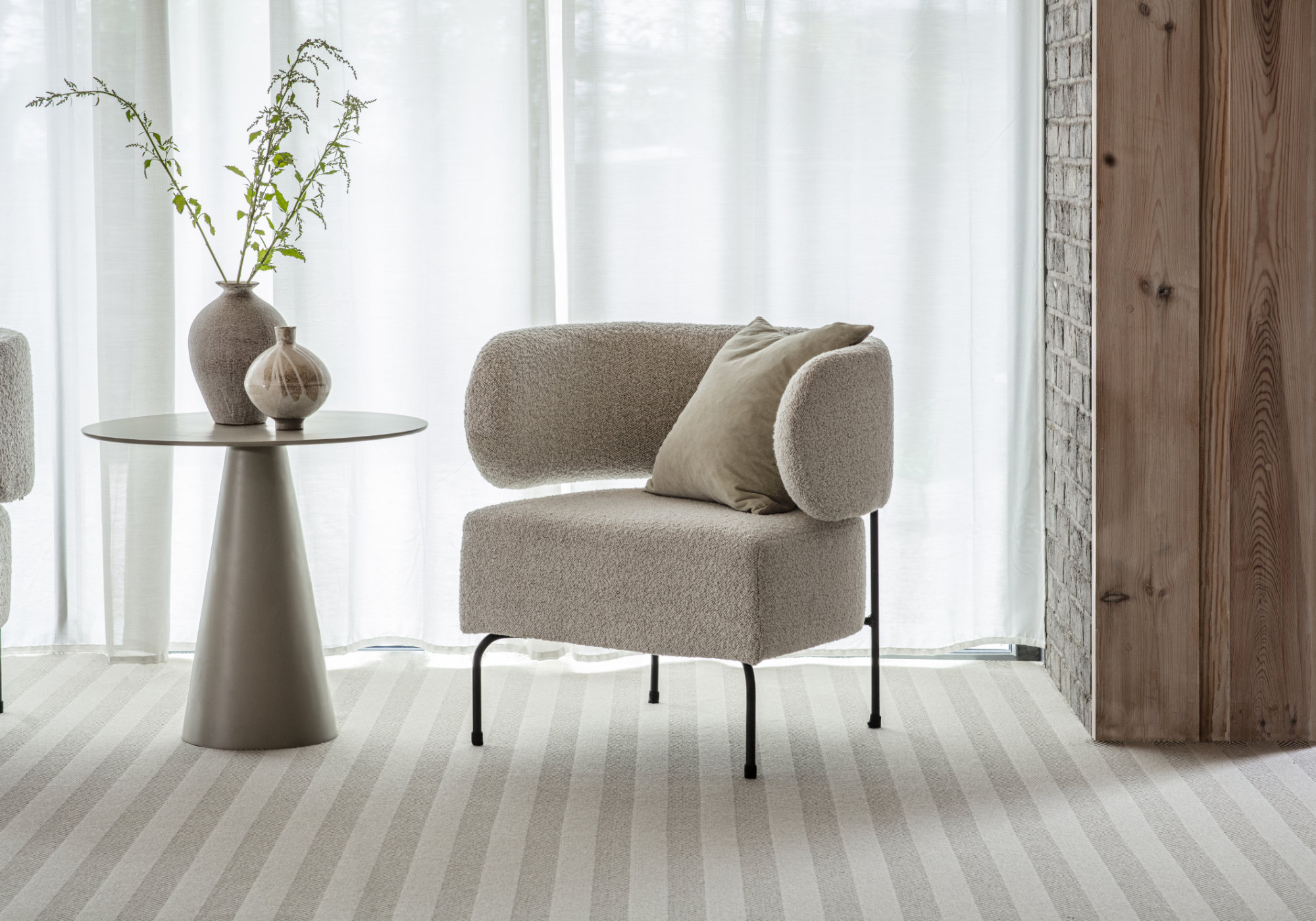
Not all carpets are created equally. When choosing the perfect carpet for your home, it's important to balance comfort, cost, durability, and environmental impact.
Every form of carpet has its own unique advantages and disadvantages, but there's a good reason why two of the most popular types of carpet on the market are wool and polypropylene.
Wool carpets are celebrated for their timeless elegance and resilience, making them a classic choice for many homes. In contrast, polypropylene carpets are valued for their affordability and easy maintenance, ideal for rentals and busy households.
To help you decide which of these materials is best suited to your home and lifestyle, we'll examine the key differences between them, from performance to cost and aesthetics.
Wool carpet vs polypropylene
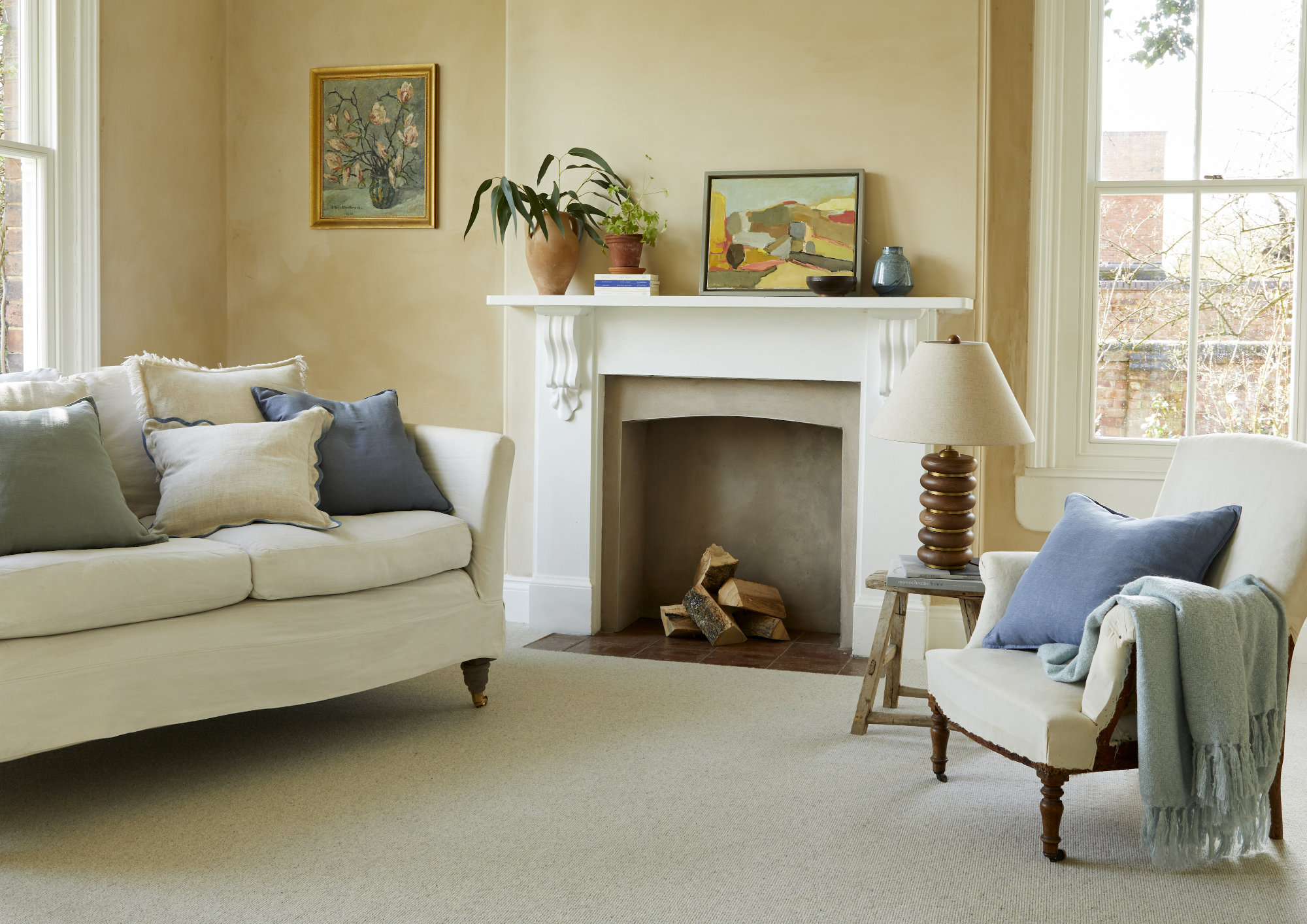
'The integral difference between these two types of carpet is the characteristics of the fibres,' explains Alexandra Ellis, Marketing Manager at Cormar Carpets. 'Wool is an excellent natural fibre that offers superb resilience to everyday wear and general soiling. It is mainly used on its own in a pure 100% form for loop pile carpets, or in 80% blends with nylon and polypropylene in a cut pile to improve its wear properties.'
As a natural ‘smart’ fibre, wool helps to create a balanced atmosphere in the home. It absorbs humidity in the air, releasing it when the atmosphere becomes dry, helping improve air quality and keep your environment fresh.
'On the other hand, polypropylene carpets come with a whole host of other benefits,' continues Alexandra. 'These types of carpet are designed specifically with ‘family life’ in mind and renowned for their hardwearing capabilities. Both stain resistant and bleach cleanable, most easy clean carpets carry warranties against stain and wear, making them an ideal choice for children’s bedrooms, playrooms, and dining areas where accidents are more prone to occurring.'
Bring your dream home to life with expert advice, how to guides and design inspiration. Sign up for our newsletter and get two free tickets to a Homebuilding & Renovating Show near you.

Alexandra has been the Marketing Manager at Cormar Carpet Company for almost six years. Cormar manufactures an award-winning range of carpets, including wool, synthetic, and blended varieties.
Side-by-Side Comparisons
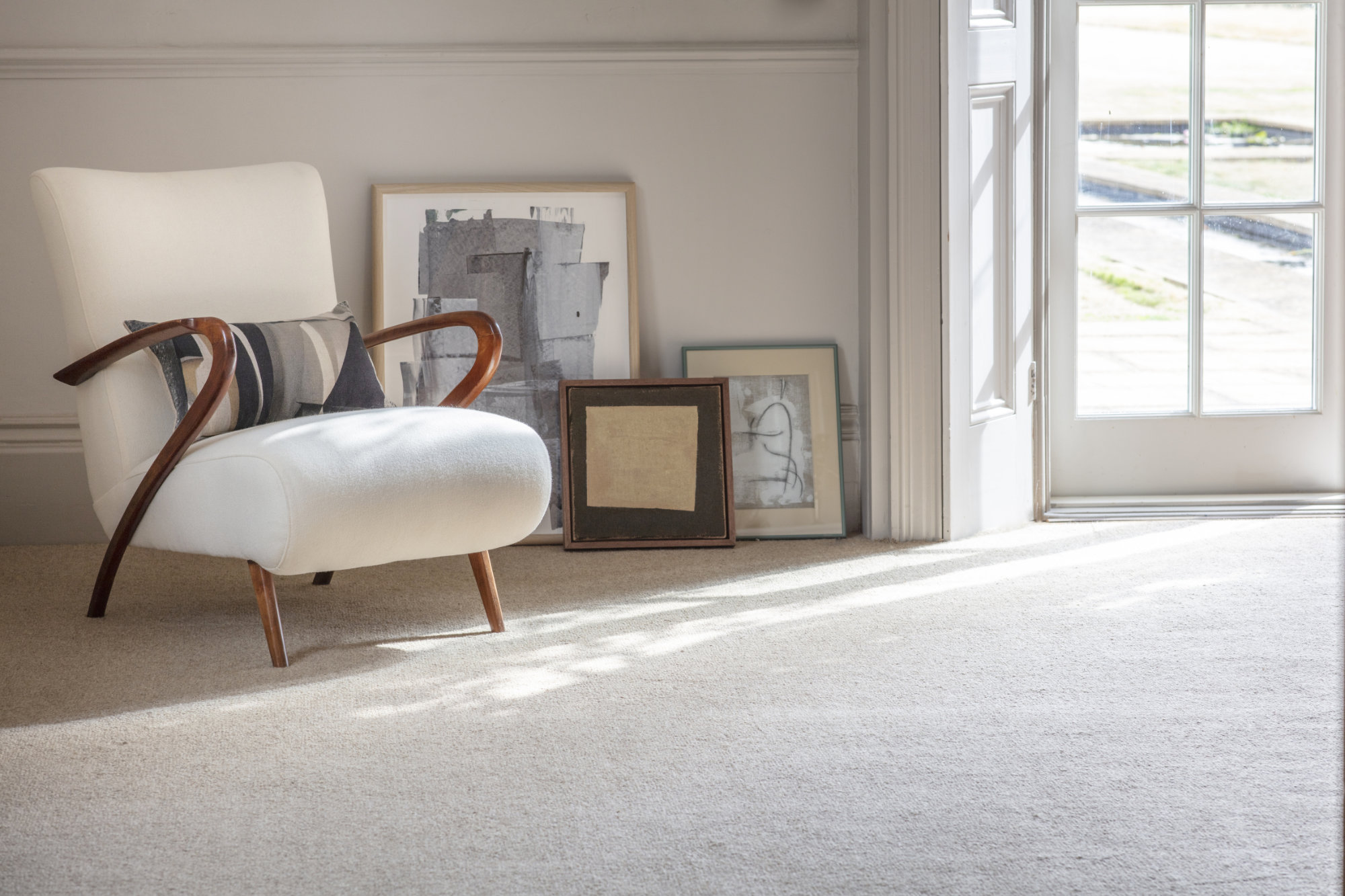
Costs
How much a carpet costs will no doubt be a factor in determining whether or not to opt for wool carpet vs polypropylene.
Wool generally comes with a higher upfront cost due to the quality and natural properties of the fibres. These carpets typically start at around £15 per square metre for lower-end options, £27 per square metre for medium quality, and can go up to £40 or more per square metre for high-end luxury wool carpets. However, their durability and long-term performance can make this higher price tag a worthwhile investment.
Polypropylene carpets are more affordable initially, with average costs around £6.99 per square metre for basic options, £12-£20 per square metre for medium quality, and up to £30 per square metre for high-end options. This undoubtedly makes polypropylene a more cost-effective option for anyone on a budget or seeking a shorter-term solution.
Durability
'How a carpet performs is dependent on the fibre content,' explains Jodie Hatton, Design Manager at Brintons. 'Fibre content has a bearing on durability, resilience, appearance, retention, feel and practicality. Wool is a naturally occurring fibre that offers superb resilience to wear and general soiling.'
Wool fibers can withstand heavy foot traffic and furniture compression, retaining their shape and appearance over time. They are also less likely to flatten or wear out quickly, making them the best carpet for stairs and a solid long-term investment for your home.
In contrast, polypropylene carpets, while resistant to moisture and stains, tend to crush and wear down faster in high-traffic areas. They are also more prone to damage from heavy furniture and may need to be replaced more frequently. If you're considering using polypropylene carpets in your home, you may wish to purchase protective furniture pads, such as this Pack of 8 Furniture Castor Cups from Amazon.

Jodie is a textile designer with over 10 years experience in bespoke design with a focus on high end interior projects. She is Design Manager at Brintons, purveyors of designer carpets, and she is currently working towards completing a masters in design research focussing on sustainable and regenerative design solutions.
Comfort and Feel
There's no doubt that wool carpets come out on top in the battle of comfort and feel.
'Wool fibres are naturally soft, offering a plush and luxurious feels,' explains Kirsty Barton, Brand Storytelling Manager for Alternative Flooring. 'They are also brilliant at insulating the home, keeping rooms warmer and reducing noise levels.'
In contrast, polypropylene carpets, while comfortable, don't quite match the soft, rich feel of wool. They offer a more practical, everyday comfort that may need to be complemented with soft area rugs in areas such as living rooms.

Kirsty has been working at Alternative Flooring for over 20 years. She has been instrumental in shaping Alternative Flooring's brand identity and is committed to the company's core pillars: people, product, and planet.
Appearance and Style
Both wool and polypropylene carpets are available in numerous styles and colours, so you're bound to find a brand and style to match your home decor.
With that being said, 'wool carpets provide a rich, natural look that ages well,' points out Kirsty Barton from Alternative Flooring. 'The texture and natural colours that are weaved through offer a premium feel, while providing a soft and inviting interior.'
In contrast, polypropylene might not be as rich or deep as wool. However, these carpets are 'usually available in an array of colours and may appeal to those looking to achieve a specific look on a budget,' explains Kirsty.
Maintenance
If you opt for wool carpets in your home, you should be prepared to give them a bit of attention to maintain their appearance and longevity. They require regular vacuuming to remove dirt and debris, and professional cleaning is recommended periodically to keep the natural fibers in good condition. Wool is also sensitive to harsh chemicals, so it's important to use wool-safe cleaning products, such as this highly-rated Dirtbusters Simply Carpet Cleaner Shampoo, from Amazon.
In contrast, polypropylene carpets are low-maintenance and comparatively easy to clean. They resist stains well and can handle a variety of cleaning methods, including steam cleaning and spot treatments with harsher chemicals. This makes polypropylene a much more practical choice for busy households.
'The key to good maintenance of all carpets is regular vacuuming to avoid particles of loose dirt working their way into the carpet pile where they can act abrasively,' explains Alexandra Ellis from Cormar Carpets. 'We recommend vacuuming at least 2-3 times a week.'
Environmental Impact
Because wool is a renewable and biodegradable resource, it has a smaller environmental footprint compared to synthetic fibres. Moreover, its production involves less chemical processing, making it a more sustainable choice.
Polypropylene, being a synthetic material, is not biodegradable and its production involves petrochemicals, which can have a larger environmental impact. What's more, while polypropylene carpets are recyclable, the recycling processes are not always widely available, making it a bit more challenging to dispose of them from an environmental perspective.
The Verdict
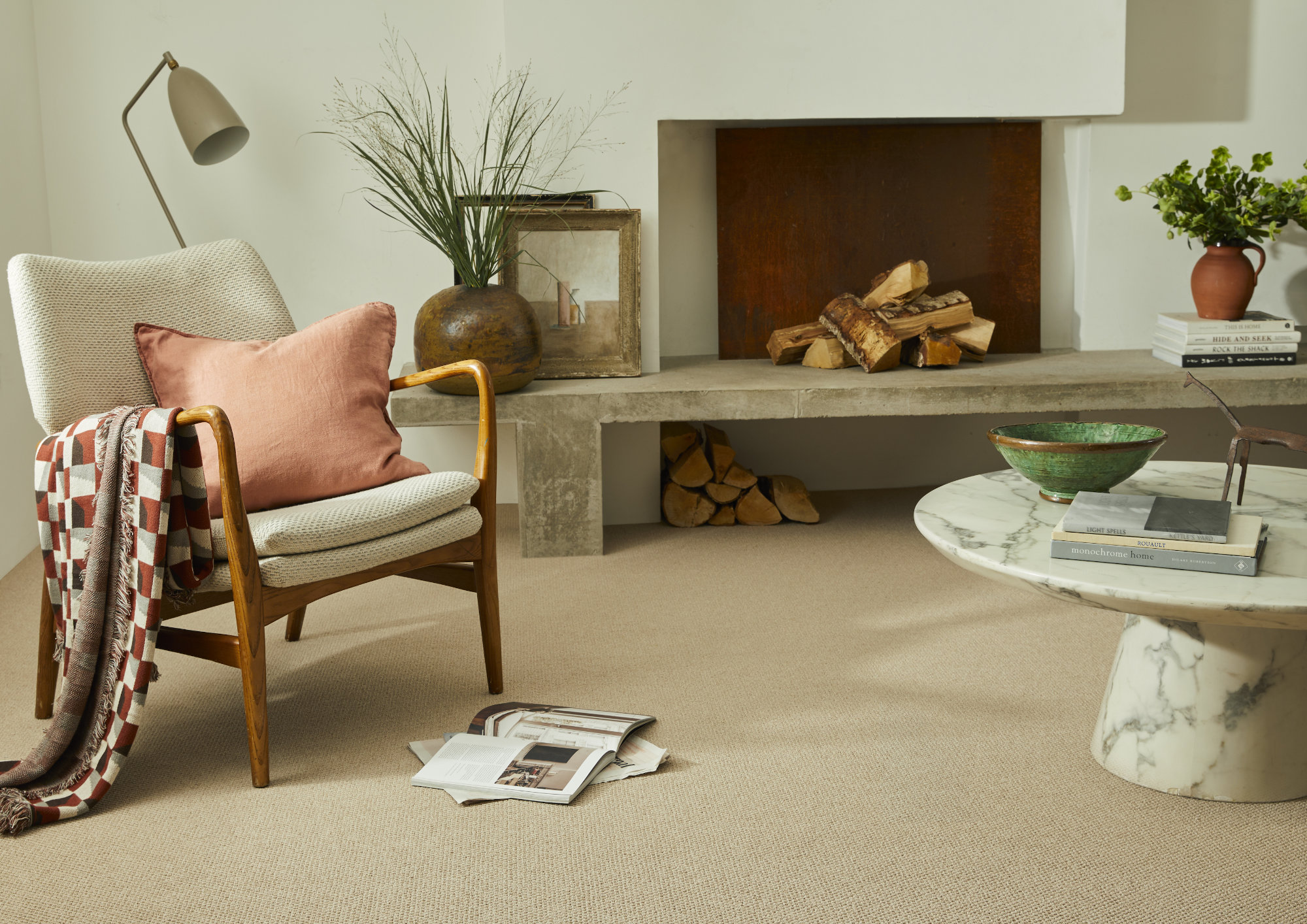
Choosing between wool carpet vs polypropylene will ultimately depend on your priorities and who you share your home with. There’s no doubt that wool carpets offer superior comfort, durability, and environmental benefits, making them a great long-term investment for high-traffic areas or anyone seeking a softer feel underfoot. However, they do require a lot more maintenance than polypropylene and come with a higher upfront cost.
On the other hand, polypropylene carpets have the edge over wool when it comes to stain resistance, ease of maintenance, and affordability. This make them the ideal choice for busy households with children or areas with heavy sunlight exposure. That being said, they may not have the same luxurious feel as wool and might need replacing sooner in high-traffic areas.
FAQs
What rooms / areas are best suited to wool carpets?
Wool carpets are among the best carpets for living rooms, bedrooms, and other areas where you want to add a touch of luxury and comfort underfoot.
'We would recommend a wool carpet for all areas of the home with its hard-wearing and long-lasting nature it will last for years if cared for properly,' says Jodie Hatton, Design Manager at Brintons. Their durability and natural aesthetic also makes them perfect for spaces where you spend a lot of time and want to invest in long-term quality.
Plus, it's a great choice for those who prioritise eco-friendly materials and are willing to invest in regular maintenance to keep their carpets looking pristine.
What rooms / areas are best suited to polypropylene carpets?
'Polypropylene carpets work well in basement conversions due to their resistance to stains, mildew and moisture,' explains Kirsty Barton from Alternative Flooring. 'They are also a good option for rental homes or those looking for a budget-friendly option.'
Thanks to their excellent moisture-resistant properties, polypropylene carpets are the best carpet for pets and a smart choice for households with children, where spills and accidents are more likely to occur.
Not convinced either type of carpet is the right choice for your home? It's always a good idea to weigh up the benefits of carpet vs laminate to see if hard floors are a better option for your lifestyle.

Gabriella is an interiors journalist and has a wealth of experience creating interiors and renovation content. She was Homebuilding & Renovating's former Assistant Editor as well as the former Head of Solved at sister brand Homes & Gardens, where she wrote and edited content addressing key renovation, DIY and interior questions.
She’s spent the past decade crafting copy for interiors publications, award-winning architects, and leading UK homeware brands. She also served as the Content Manager for the ethical homeware brand Nkuku.
Gabriella is a DIY enthusiast and a lover of all things interior design. She has a particular passion for historic buildings and listed properties, and she is currently in the process of renovating a Grade II-listed Victorian coach house in the West Country.
